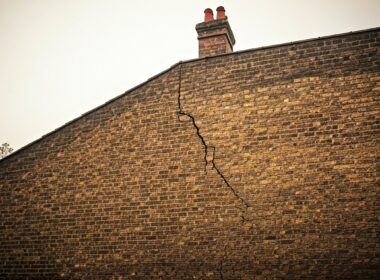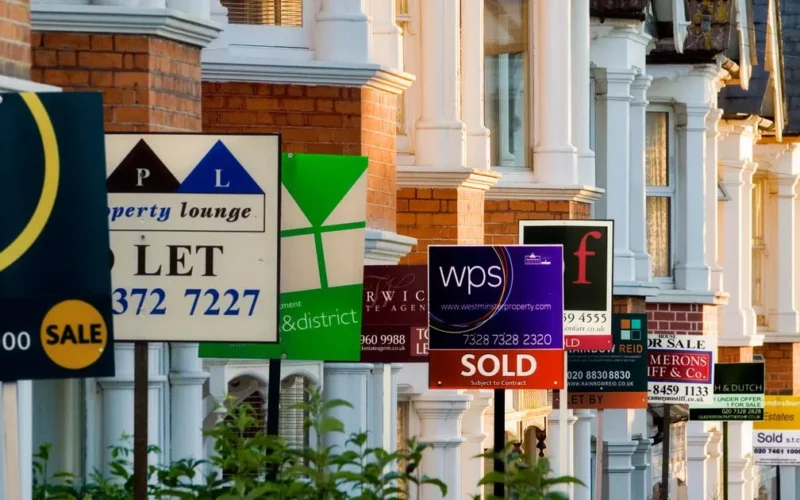UK house prices finished 2024 with a 4.7% increase compared to December 2023, marking a resilient conclusion to the year despite ongoing affordability pressures.
According to Robert Gardner, Chief Economist at Nationwide, prices were still just below the all-time high reached in the summer of 2022. Prices rose by 0.7% in December, following a 1.2% increase in November, showing continued strength in the market as the year closed.
Northern Ireland leads the way with 7.1% increase
Regionally, Northern Ireland was the standout performer for the second consecutive year, with prices increasing by 7.1% in 2024.
This was the highest regional growth across the UK. In Scotland, house prices rose by 4.4%, while Wales saw a more modest 2.7% increase over the same period.
In England, the North performed significantly better than the South. Northern regions, which include the North, North West, Yorkshire & The Humber, East Midlands, and West Midlands, experienced a collective 4.9% growth, with the North being the strongest performer with a 5.9% rise.
Conversely, Southern England, comprising the South West, Outer South East, Outer Metropolitan, London, and East Anglia, saw a smaller 2.2% increase overall.
East Anglia was the weakest performer, with only a 0.5% rise in prices.
Volatility expected in early months of 2025
Looking ahead to 2025, Nationwide’s predictions suggest potential volatility in the housing market, particularly due to upcoming changes to stamp duty.
The stamp duty threshold for first-time buyers will drop from £425,000 to £300,000 on April 1st, which could trigger a flurry of activity in the first quarter as buyers rush to complete transactions before the new rates take effect.
However, this surge in transactions may be followed by a quieter period, making it more difficult to gauge the true strength of the market.
Gardner remains optimistic, suggesting that once the initial stamp duty-related disruption subsides, the housing market is likely to see steady improvement.
Lower interest rates and a slower pace of house price growth, expected to be between 2% and 4%, should gradually ease affordability challenges, helping more buyers to enter the market.
Terraced houses lead price growth
The data also highlights that terraced houses experienced the largest price increase in 2024, with a 4.4% rise in average prices.
Flats, which had seen subdued price growth in previous years, showed a recovery, recording a 4.0% rise—its strongest performance since 2021.
Semi-detached properties saw a 3.4% increase, while detached homes rose by 3.2%.
Looking at longer-term trends, detached properties have continued to outperform, likely due to the ‘race for space’ that began during the pandemic.
Since Q1 2020, the average price of a detached home has increased by nearly 27%, while flats have only risen by approximately 15%.
Overall, 2024 ended on a high note for the UK housing market, with regional variations and a strong finish in the North. While challenges remain, particularly for first-time buyers, the outlook for 2025 is cautiously optimistic.
With the right balance of economic recovery and affordability improvements, the market is expected to continue its steady progress in the coming year.




